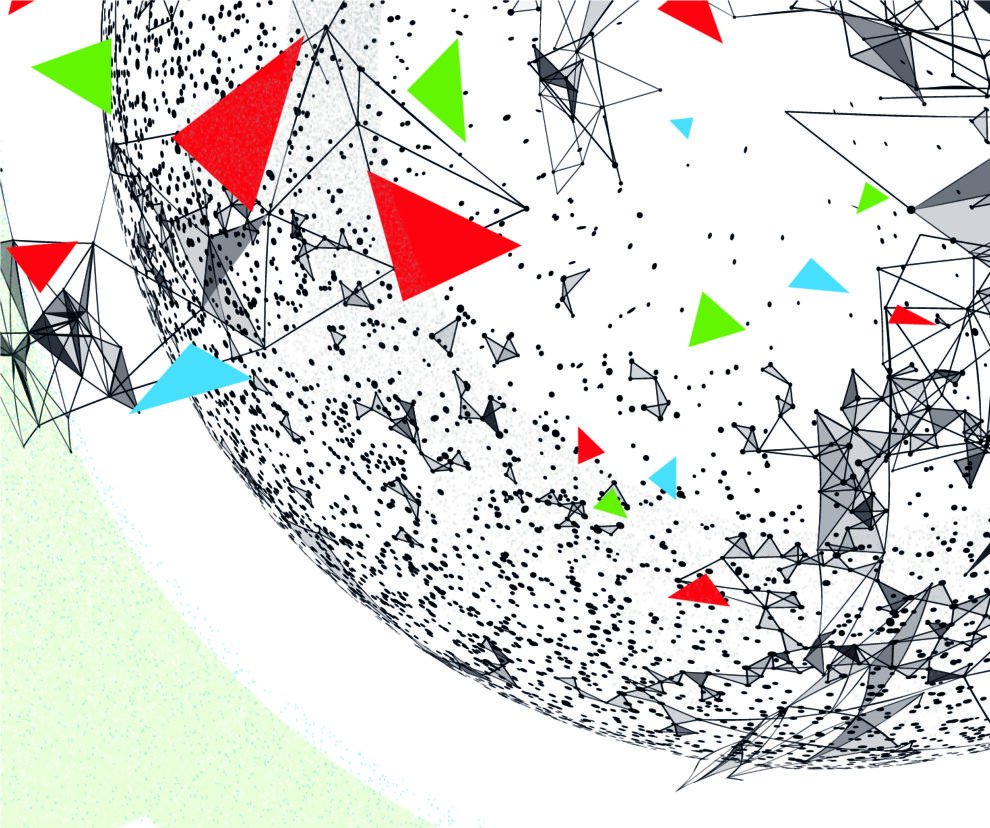Economies in the Middle East and North Africa (MENA) are reeling from the pandemic, a historic cost-of-living crisis and mounting public debt. While the rich have increased their wealth, the rest are struggling to recover from successive economic shocks.
In 2011, during the Arab Spring, people across the region took to the streets to demand dignity, jobs and social justice. More than 10 years later, it seems that they are left with austerity, unemployment and poverty. Already one of the most unequal regions in the world even before the pandemic, MENA has seen the inequality gap widen to a chasm. Half of total income went to the top 10%; the bottom half only received 11%.
Despite wreaking havoc on the world and the region, the pandemic was hailed as an opportunity to ‘build back better’, and for the rich, that was the case. Using their power to shape and entrench policies and practices to their own advantage, they continued to amass wealth at the expense of the rest.
In the region, billionaires accumulated more wealth during the pandemic than during the preceding decade. In 2020 alone, 7 out of 13 billionaires in the MENA region increased their fortunes by 22% – a total of US$6bn.
Meanwhile, hopes that the pandemic would help free the region from the decades-long austerity drive that has stunted, exhausted and cost the lives of its people were dashed. In fact, it proved to be fuel to supercharge this trend.
Decades of austerity policies across the region have weakened public institutions and led to economies that are heavily reliant on informal labor, women’s unpaid work and privatized public services, exacerbating inequality as fewer people could afford them.
Austerity has ‘worked’ for those with a grip on wealth and power. It has dismantled social protection systems, privatized vital public services and shielded the rich from paying their fair share of taxes. This is why it persists in MENA, despite its catastrophic social and economic consequences.
Instead of taxing wealthy individuals and corporations to fund the pandemic response, governments across the MENA region cut benefits such as maternity insurance in Jordan, pensions in Egypt and public sector salaries in Tunisia. The fragility of existing welfare and public protection programmes was laid bare as unemployment skyrocketed, and rising energy and food prices pushed more people into poverty. Public debt surged in all countries across the region, with Lebanon seeing its debt increase by a staggering 151% in 2020 and defaulting on it the same year.
While Lebanon experienced an unprecedented economic collapse, the country’s richest individuals doubled their net wealth between 2020 and 2022, from US$18.7bn to almost US$35bn. As Egypt reeled from a financial crisis, rich Egyptians saw their wealth increase more than 50%, from US$99.7bn to US$153.9bn. The wealthy elite in Jordan and Morocco also experienced a boom between 2019 and 2022, with the net wealth of the richest people increasing from US$19bn to US$31bn and from US$28.6bn to US$31.5bn respectively.
As these enormous financial gains in countries across the region went untaxed, people living in poverty and the middle classes paid the price through intensified austerity measures as the public purse was sucked dry under the pressure of increased debt servicing.
Austerity, informality, lack of social protection and, ultimately, poverty go hand in hand. The prevalence of informal employment in the region – accounting for about 60% of total employment – is directly linked to the meagre share of economic growth captured by the bottom half of the population. Austerity measures resulting in a shrinking public sector have pushed millions of people into informal and precarious jobs that leave them with little or no social protection, pushing more and more people into poverty. One-third of Egyptians, up to 16% of Tunisians and 82% of Lebanese live below the poverty line or in multidimensional poverty, while massive wealth and income concentration are enjoyed by a very few wealthy individuals and their families.
Social protection is a fundamental human right and acts as a vital cushion in a crisis. However, across the region, social protection schemes that were already underfunded and underdeveloped before the pandemic have been unable to provide that safety net when people needed it. Only 14% of Lebanese and 50% of Tunisians were covered by at least one social protection benefit in 2020, and in Egypt, less than two-thirds (60%) of people in poverty have access to any social safety net measures.
International financial institutions have contributed to this bleak picture in the MENA region; they pushed for ‘belt-tightening’ measures through their lending conditionalities, backing governments to dismantle universal schemes in favour of targeted safety nets that exclude most of the population. For their part, governments – in their quest to fulfil policy conditions to access international financing – have underfunded public services such as healthcare and education. This has created a two-tier system, whereby rich families have better access to private healthcare and education, while others are left with crumbling hospitals and crowded classrooms. In Tunisia, for example, school infrastructure is deteriorating; there are 1,415 elementary schools without a water connection, and it is estimated that more than 100,000 students drop out of school every year.
Women are paying the highest price for the austerity catastrophe in MENA and absorb many of its negative impacts, as their unpaid care work fills the gaps created by deteriorating public services. Women in the region spend up to 34 hours a week doing unpaid work, compared with up to 5 hours for men.12 Women are also notably absent from the paid workforce; the region has the lowest female labor income share in the world, at 12%. Women also occupy the bulk of care jobs in the public sector: 67% in Egypt, 72% in Jordan and 52% in Tunisia. This means that when austerity measures such as those backed by the International Monetary Fund (IMF) are implemented, which typically involve the loss of many public sector jobs, women are disproportionately affected.
In the absence of a wealth tax, governments in the region have relied on harmful austerity over inequality-busting policies. The IMF itself has estimated that ‘the difference between actual and potential tax collection equals about 14 percent of GDP [gross domestic product] (excluding oil and gas), on average’. This is triple what the region spent on healthcare alone in 2020.
Overall, income tax in the MENA region yields less than 2% of GDP; in comparison, it accounts for 8.31% in OECD (Organisation for Economic Cooperation and Development) countries. 15 Additionally, personal taxation trends have increasingly seen tax rates fall for high earners but climb for low earners, further deepening the region’s gross levels of inequality. This has also been the case for corporations, with MENA leading the way on tax breaks for big business.
Currently, Tunisia is the only country in the region that taxes net wealth, albeit a meagre 0.5% on value of assets of above 3 million dinars, while progressive taxation is still an unfulfilled promise. With this resource of tax revenue untapped, the burden of public debt falls on the majority of people in society. Instead of investing in public services that can help reduce inequality, taxpayers’ money is spent servicing the public debt held by the wealthy. A disproportionately taxed middle class, taxes on people earning the minimum wage, and tax privileges for the rich underpin income inequality in the region and thwart opportunities for economic transformation and recovery.
The MENA region is also a haven for corporations who receive substantial tax incentives, at the expense of growing the public purse. The total cost of tax incentives in Morocco in 2021 was the equivalent of the entire health budget for that year, while in Tunisia, the US$7.75bn cost of tax incentives for corporations was higher than the spend on education and double the health budget.
These unfair and uneven taxation systems underline the IMF’s broken promise of supporting fair taxation and equitable tax systems through its repeated loan programmes with countries in the region. While its policy advice to these countries often calls for equitable tax systems that effectively monitor high net-worth individuals and corporations, its own measures often do not take these recommendations into account. Where the IMF had initially advocated for personal or corporate income tax reforms in MENA countries, the policies introduced were either haphazard, halfhearted or evaded by those they targeted. Nevertheless, the IMF’s enthusiastic efforts to spread value added tax (VAT) and lift subsidies have seen much more sweeping uptake – with the poorest people feeling their negative impacts most keenly.
Source: Relief web
















